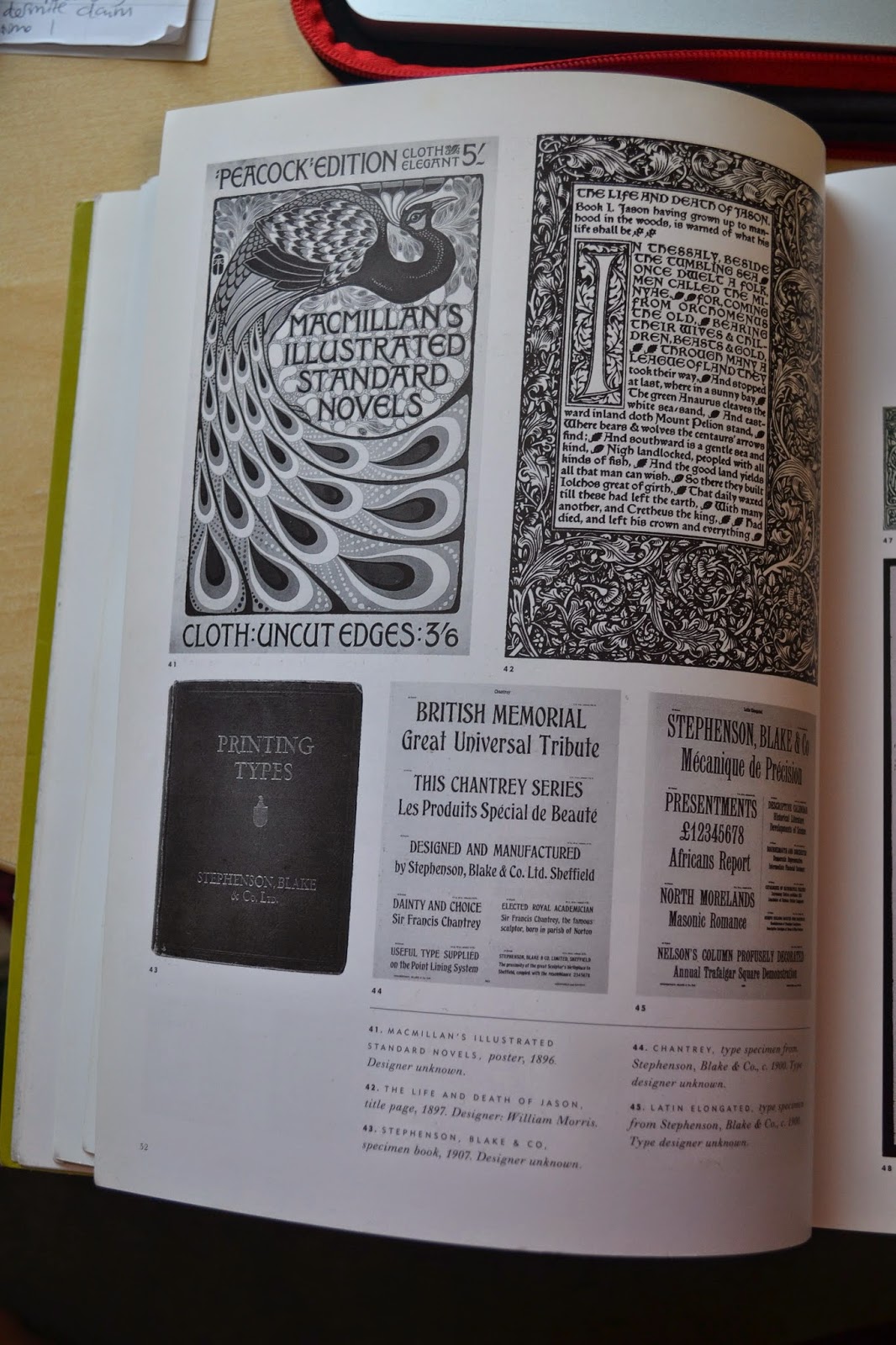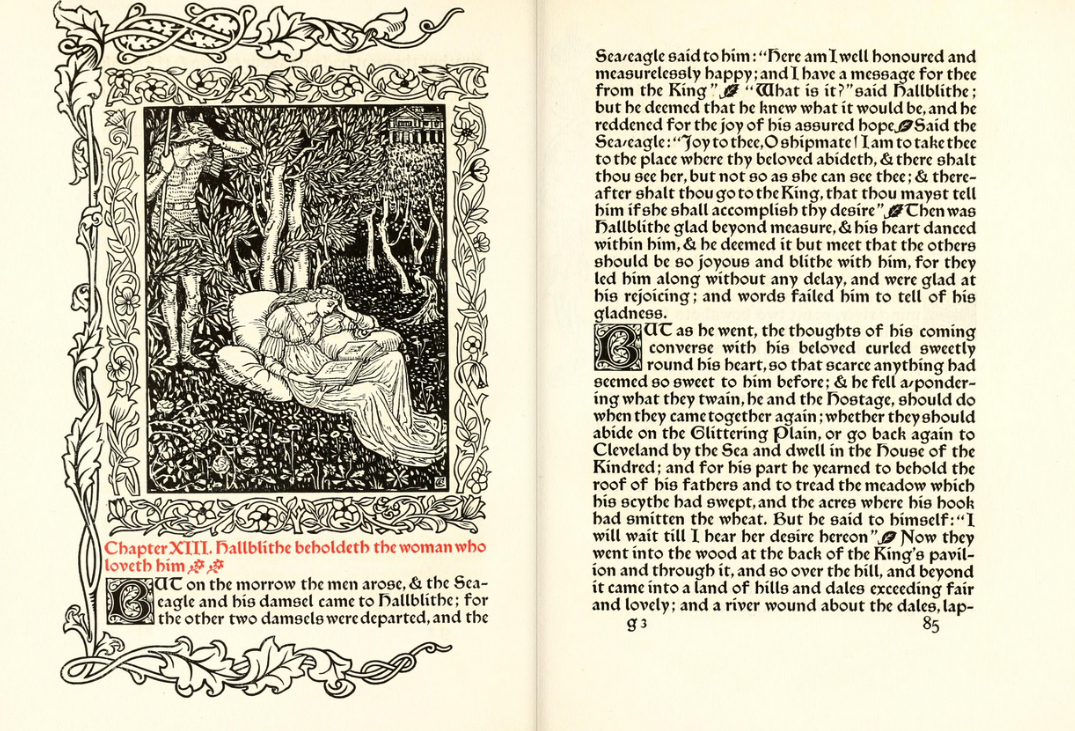The brief as a whole is incredibly detailed and quite challenging in terms of recreating the essay/research content into something fantastic. Therefore to begin researching I will look at initial questions; what is a publication? How is it made (materials/method) ? What is my essay about and how will the content affect the publication?
Firstly, what is a publication?
I did some initial research online which included definitions of what a publication is:
"The act or process of publishing printed matter"
"An issue or printed material offered for sale or distribution"
"Communication of information to the public"
"The act of publishing a book, periodical, map, piece of music, engraving or the like"
Therefore to connect these descriptions/definitions together the final product must be something physical that can be handled and therefore be real. A publication could be anything so long as it is real and created to have a physical presence such as a book or a series of posters for example.
Print was explained in a previous lecture to be something real, physical have a presence- therefore the viewer/ audience must interact with it.
Print is somewhat permanent and can be seen as true:
"I love a ballad in print alife, for then we are sure they are true"
Shakespeare
Essay: "Choosing a particular period from 1800 to
present, in what ways has art or design responded to the changing social and
cultural forces of that period?"
I have read back my essay and highlighted some vital points that I need to consider when making my publication.
Arts & Crafts:
- Well made handcrafted goods instead of mass produced poor quality machine made items.
- Inspired by socialist principles and led largely by William Morris & John Ruskin.
- The relationship between the craftsman and his work.
- Stay true to the materials used (buildings, homes, books).
- Influences of a medieval style and the beauty of nature (flora fauna).
- Subtle hints of influences in that of original gothic books (15th century).
- Focuses on trying to save art/design from the dehumanising affects of industrialisation.
Materials & Methods:
The arts and crafts movement prides itself in traditional methods and using high quality materials which suits its purpose. Therefore I researched into different forms of printing techniques as I am unfamiliar with these.
I found that there were a whole range of different techniques but those that are available within college facilities include: mono printing, lino cut, etching, screen printing and letterpress.
Examples:
Monoprint
http://bobcornelis.files.wordpress.com/2008/07/monoprint071008a-copy.jpg
Lino cut:
http://etsyitemoftheday.com/wp-content/uploads/2009/09/papersquid-Black-and-White-Linocut-Print.jpg
Etching:
https://blogger.googleusercontent.com/img/b/R29vZ2xl/AVvXsEgi3YYzfncIq89QpfZvZCGyOTqojJm3IBmP7XJoDv6jCVfEkmdS6aVTFHP2rXAK2r48TvTWRZLg7rehRBrfGisDejhCRMixGd4ilNLaY14A2qerFFYhVmyLlrmwCPol0A33-HlvpsBC2qRu/s1600/test+etching01.jpg
Screen Print:
http://www.postersandprintsblog.com/storage/Obey%20Rise%20Above%20Rebel.jpg?__SQUARESPACE_CACHEVERSION=1316104168242
Letterpress:
http://www.anthonyburrill.com/images/archive/work-hard/01.jpg
My brother also showed me another technique which is carving into wood, his piece looks fantastic although I don't have the knowledge or equipment to produce anything like this.
Ideas:
I wrote my initial ideas onto a large sheet of paper and created a list of them:
I then focused in on the ones that I thought were the best three.
- Idea one would be to show the way in which a design is produced. For example I think this idea would work best with the letterpress method as seen in the image above I think the idea that the work is shown next to its origin works perfectly and enhances the idea of the craftsman.
- Idea two could be showing the different ways in which type has been designed through history and show this by using a variety of different methods such as letterpress, typewriter, mac (for example). However I think this idea could work exceptionally well as a project but it is far too difficult to complete in a short amount of time.
- Idea three is looking at the idea of social impact and using the important quotes from my essay and research to show the principles behind the work. This would mean that the principles themselves would become the focus of the artwork rather than another theme. This would thoroughly portray the arts and crafts era. For this idea I could use more or less any of the methods written above however I think that screen printing could work incredibly well with this due to the ability to add hand rendered drawings into the pieces and also the possibility of colour.
In terms of the movement as a whole and when I was writing my essay what really intrigued me towards the work was the socialist principles behind it. Therefore I think my third idea will be the most interesting to pursue. Although in terms of materials I found that Morris began to use extravagant materials which were incredibly expensive and therefore went against the overall principles of art being for everyone. Therefore in my own design I will create work which is hand rendered and of a good quality, but uses sensible stock choices which aren't overly flamboyant.
Book research into type:
Through looking at this book I noticed aesthetically a strong contrast between the typical Victorian typography and that of arts and crafts.
I had previously researched into William Morris' work in conjunction with my essay on the arts and crafts movement. Here are a few examples-
http://gds.parkland.edu/gds/!lectures/history/1850/arts_crafts.html
This book design was an example of what inspired William Morris to create his own books:
Italian printers used borders, headers and decorative initials to liven up undistinguished pages of metal type. This is something I will definitely try to replicate in my own style, the borders make the page more interesting and beautiful however they don't affect the readability of the large amounts of type.
William Morris was also one of the first to use large type on pages, I think to translate this into my own work I will use smaller quotes into larger type with patterns.
His work influenced/ inspired the Private Press Movement which raised the standard of commercial printing. This example was a book printed by JM Dent in London, it tries to recreate the craftsmanship of early Italian printers and the arts and crafts movement.
http://zsr.wfu.edu/special/blog/the-works-of-geoffrey-chaucer-printed-by-william-morris-at-the-kelmscott-press/
I found that the majority of the books are bound through hardbacks using a wide variety of luxury materials such as this one using pig's skin. However I think a flaw with the arts and crafts movement is that the arts and crafts movement wanted the ideal that art and design should be for everyone and assessable for everyone, using luxury binding methods would make the price incredibly expensive. I think when creating my own work I will use a simplistic binding method to fulfil the ideals of the movement.
Aesthetically The boarders frame the body copy quite beautifully and break up the imagery in quite a perfectly balanced composition.
http://www.royoung.com/ryb455/images/items//9645.jpg
Again seen here the imagery and backgrounds/borders remind me of etchings and drawings which are hand rendered and crafted.
The initials which are incredibly decorative make the pages more beautiful in their craft but don't disrupt the actual type itself. I think I will use these decorative initials within my own design along with large amounts of body copy.
http://hornbakelibrary.files.wordpress.com/2013/05/5-21-2013-4-17-11-pm.png
William Morris uses colour within his pages (red) to highlight certain sections but also to add a difference between the large amounts of black. In my own design I will look at using colours from his textile wallpapers which I will be able to screen print, this is so I will be able to include the idea of beauty in nature (flora/fauna) within the pages.
http://stoneletters.files.wordpress.com/2012/01/william-morriss-printing-press.jpg
I really want to use this illustration within my own book which I found whilst researching my essay on William Morris' work.
Wallpapers:
http://selvageblog.blogspot.co.uk/2011/12/william-morris-fabric.html
http://www.artpassions.net/morris/william_morris.html
I chose three swatches of colour to create a colour scheme with the book pages which would compliment each other yet be completely different to black. I initially thought about using neutral colours including light browns and greens which are quite natural however I really loved the contrast of these bright unnatural colours and natural coloured paper/patterns.
Type used:
http://www.myfonts.com/fonts/hihretrofonts/morris/
front cover developments:
I tried several different backgrounds and variations of gradients on the computer before deciding that I wanted to change the shape of the black on the front cover. By elongating this part of the type it appears more balanced as a whole composition.
Intro page:
Page one:
From making a few different changes I think am going to screen print this page, I like the way that the I and border matches up. It definitely reflects the research I looked at in terms of borders and the influences of the Kelmscott Press.
Second page: (continued idea of borders)
I moved the type further down to allow for the type to be more central and then therefore balance out with the background.
Third page: Large type
I added a border to balance out the whole composition and frame the type.
Fourth page:
Fifth page:
I wanted to include a image of William Morris along with one of his most famous quotes, I thought about initially using halftone dots but then I found a drawing which would work wonderfully with this style.
I then used a continuation of the previous purple/lilac background including the white frame which allows for the centred type to appear balanced.
Sixth Page:
This definitely works better in terms of composition compared to the previous images I had tried, the amount of negative space didn't work well alongside the other pages I have created.






































































No comments:
Post a Comment